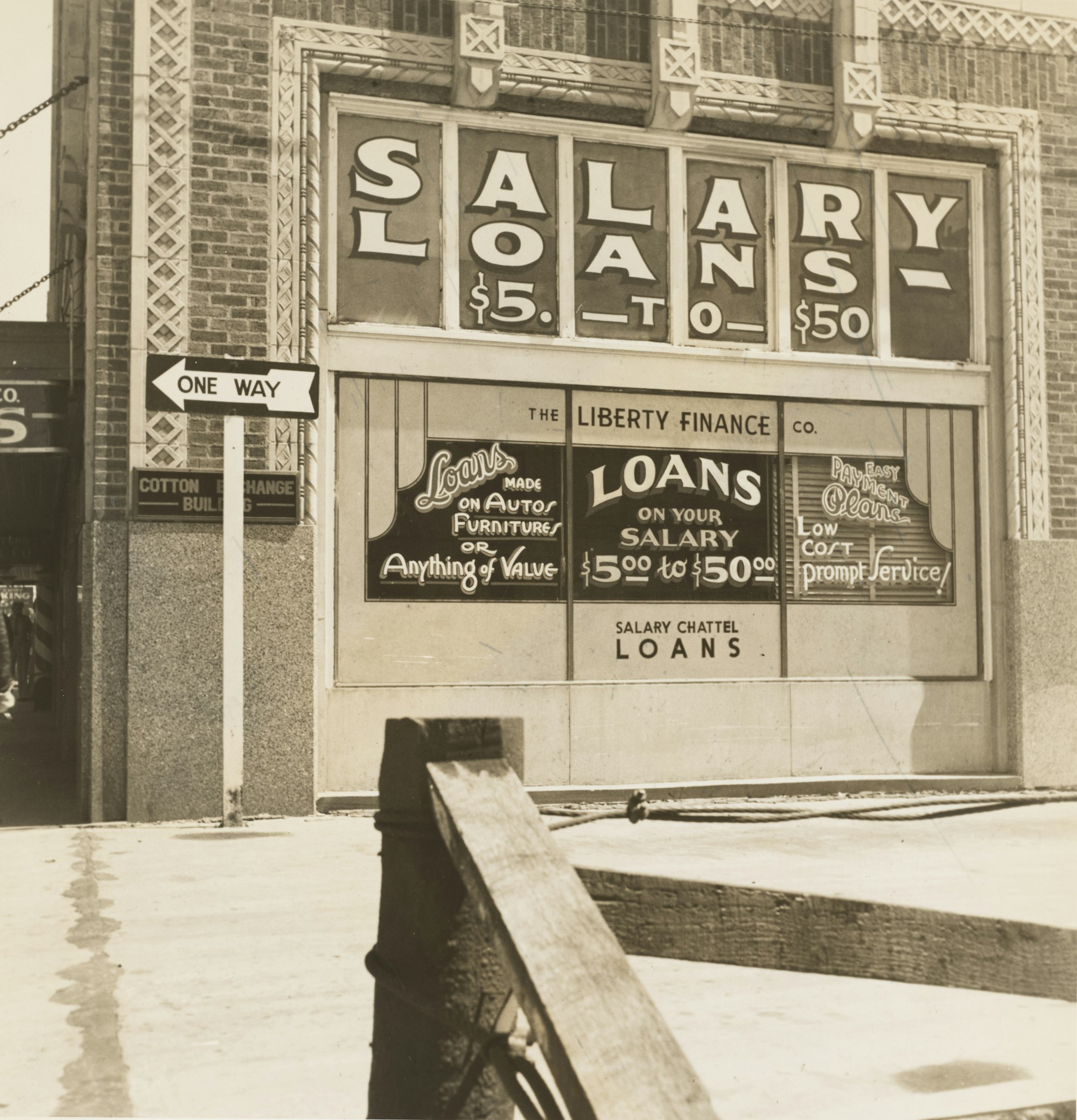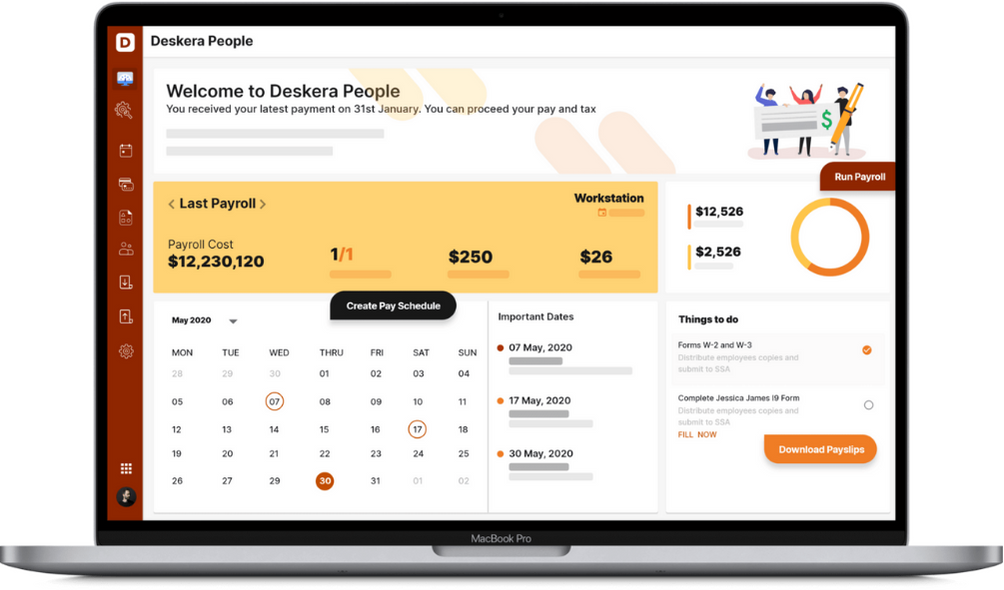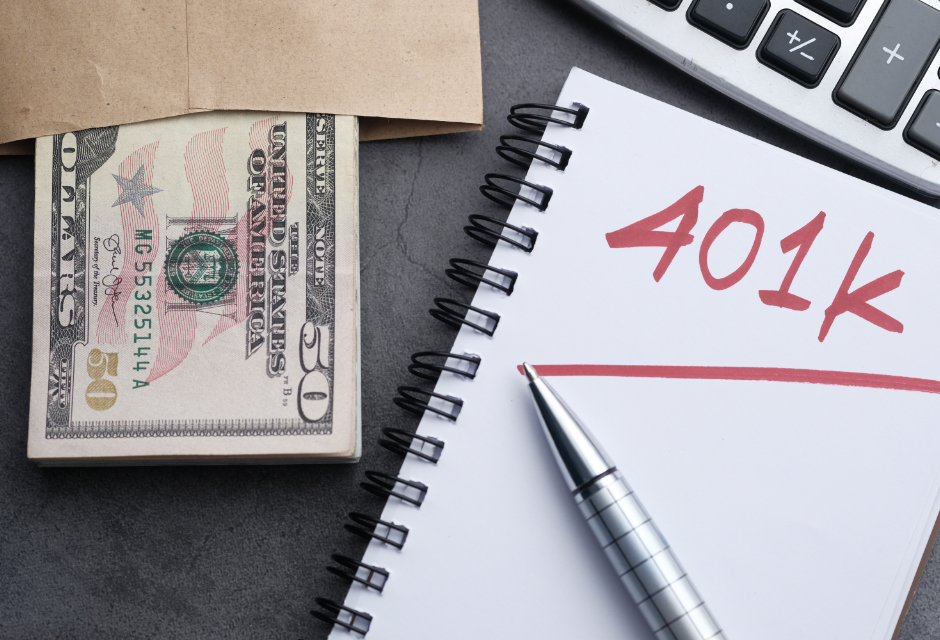Thanks to the modern payroll systems, paying your employees is very straightforward. But as a business owner, do you have to think too hard about how to pay yourself? The traditional way is to add your name to the payroll system and get your fixed monthly cut (excluding taxes and deductions).
But is there another way? You can't simply take money from your business. Surprise! You discovered another way to pay yourself. Yes, there are other ways to pay yourself and here is the most exciting as well as the most used one. The Owner’s Draw.
Owner's Draw falls under IRS. With IRS guidelines, you can use business money for your personal use. It is fine to be a little confused, you won’t be for long. Let’s give you an overview of the owner’s draw so that you can pay yourself without any hassle.
What is there in this article -
- What is an Owner’s Draw?
- How Owner’s Draw is Different From the Payroll Salary?
- Example of Owner’s Draw
- Are You Eligible for an Owner’s Draw?
-Sole Proprietorship
-Partnership
-Corporations
- How an Owner's Draw Affects Taxes
- The Pros and Cons of Taking an Owner’s Draw
-Owner’s Draw is Flexible
-Owner’s Draw is Tax Free
-If Not Taken Right Care, You Can Have a Shortage of Funds
- How Much to Draw From Owner’s Draw
- Best Practices for Owner Compensation
- How to Track and Records Your Draws
- Key Takeaways
What is an Owner’s Draw?
In simple terms, an owner’s draw is withdrawing money from your business and using it for personal use. It is an equity account from which the money gets deducted. An equity account contains different funds, including invested capital, profits, and debts.
As a business owner, you can take out any amount you would like to, as long as you follow IRS guidelines. Withdrawing money from this account is flexible. You can take it out at regular intervals or whenever you please.
Yes, this looks glittery and convenient but there can be consequences in the long run if to fail to manage the account in the right way. It is important to understand, the more money you withdraw, the less money you have left to spend on your business.

How Owner’s Draw is Different from the Payroll Salary?
As the owner of the company, you are naturally the in-charge of paying your employees as well as yourself. Payroll salary is the method most companies use to pay their employees. In some cases, the owners are paid through payroll salary as well.
To understand it better, with a payroll salary, you get paid like the rest of your employees in your organization. This means you get a fixed salary, including all the taxes and deductions, as per the pay cycle.
The owner’s draw however works in a different way. An owner’s draw you don’t have to pay any taxes or deductions. This in any case doesn’t mean you don’t have to pay taxes. It means you have to pay for it yourself, which means more calculation on your end.
Owner’s draw is ideal for business owners or partners who are putting in equal to or more than 40 hours of work each week. This makes them liable to use the profit amount they are making in the desired way of an owner’s draw. The draw can be taken out through a wire transfer or through an ATM transaction but that is not the only way to pull out money. The owner can also use owners draw in form of taking goods from businesses or discounts provided by the vendors.
Example of Owner’s Draw
Cindy opened a small flower business in the town. The business is going well, but she is confused about how to pay herself. Since Cindy needs money for her personal use, she decides to take an owner’s draw. She writes herself a check of $200 and spends it. After a few days, she had an emergency, so she makes a transfer of $400 from her business account to her personal account.
Here, Cindy has the power to withdraw money according to her needs. She took out two payments with two different amounts. If Cindy had taken the payroll system, she would not have seen flexibility. In fact, regardless of how much money she decides to pay to herself each month, she would never receive the exact amount. Her final salary each month would reflect in her account after excluding money for taxes and deductions.

Are you Eligible for an Owner’s Draw?
It's easier said than done! Withdrawing money from your business account isn't easy. You can get in trouble if you fail to follow IRS rules. This is why before you go for owner’s draw, you need to know and make sure if your business does or doesn’t fall in the below categories.
Sole Proprietorship
If you are the only owner of your business, you are eligible to draw money from personal use. The draw you take out is not taxable. But, as a sole owner, you are responsible for paying taxes.
Partnership
In a partnership, there are two or more business owners. If you are in a partnership, you are eligible for using the owner’s draw. Before making the transfer make sure you have a discussion about it with your partners. It’s like having a roommate! So your profits, losses, and taxes are evenly distributed.
Corporations
C corp is a structured corporation and there is no owner’s draw. There are shareholders’ distributions, which are non-taxable. If your corporation is an S corp, you still can’t take draws. But you can take both a salary and distribution.
How an Owner's Draw Affects Taxes
Although the money you draw is tax-free, it doesn't mean you don't have to pay taxes. The government won’t let you live without paying your taxes, and you should not try either. You are still a responsible citizen. Paying all the taxes, including income, federal, and state taxes is mandatory. As a self-employed person, self-employed tax is also applicable. If your business type is sole proprietorship or partnership, you have to pay personal taxes, even though draws are not taxable.
Once the draw is made, the money in hand is no more part of business transactions. This means the owner’s draw cannot be reflected on the business’s schedule C tax forms. If you are willing to boost your tax deductions, the best way is to enroll yourself in salary payroll rather than in the owner’s draw. Salaries in businesses are considered tax deductibles by IRS.
If you are still in a dilemma on how to pay yourself, it is better to contact your attorney or a CPA your trust to help you understand and choose right.
The Pros and Cons of Taking an Owner’s Draw
The owner’s draw looks extremely convenient and workable. But everything that looks glittery has a bad side too. Yes, the Owner’s draw has a lot of pros but it comes with cons too.
Owner’s Draw is Flexible
Flexibility is the best advantage of using an owner’s draw. Unlike salary, where you can get fixed money every pay cycle, you can take an owner’s draw when you are in need. Depending on your needs, you withdraw single or multiple times with the same or different amounts. Moreover, you can pull out money based on your business’s growth and personal needs. If your business is booming, you can pay yourself more. Another benefit of using an owner's draw is the way you can pay yourself. You can avail yourself of coupons and discounts. It also comes under a draw.
Owner’s Draw is Tax-Free
That's a relief! You can write an amount and pay yourself without worrying about taxes and deductions. But you should note that you will not receive the exact amount if you add yourself to a payroll system.
A registered employee gets the "promised" salary only after taxes and deductions. The list of taxes includes federal & state taxes, social security taxes, medicare taxes, and income taxes. You are spared of self-employed tax, though. These taxes could feel like a large deduction for many business owners, specifically if you have a budget for their personal use and want to avoid cost overrun.
If Not Taken Right Care, You Can Have a Shortage of Funds
The owner's draw is flexible, but it can cause problems if you don't pull out money in the right way. Essentially, business owners pay themselves for the profits the company makes. However, there are not only profits in your equity funds.
An equity fund also compromises the money you have invested in running your business. If you take out a large draw, your business might suffer in the long run or the near future. This could cause problems in case of emergencies and crisis for your business. Deducting regular big draws can also decrease your ownership of the company. So make sure you talk through this with other owners and draw money adequately.
How Much to Draw?
There are many factors you should check before taking an Owner's Draw. Although you can withdraw any amount, you should avoid taking a big draw as it can lead to insufficient funds in your business account. Some of the factors that you should consider are-
1) Growth of your Business - How well is your business doing? You can take a bigger draw if the business is doing well. Otherwise, stick with a small cut, especially if you are on a tight budget.
2) Personal Expenses - How much do you spend on rent, food, and other expenses? Make a list of your expenses. If you have started your business recently, remove unnecessary expenses from your list.
You can also read about IRS guidelines on compensation. As per IRS, your compensation should be “reasonable”. Other than that, you can also reach other businesses and see how they pay themselves.
How to Track and Records Your Draws
Taking out an Owner’s Draw is convenient and easy. This is why it is vital for you to record and track the timelines, amounts, and returns or your owner’s draw. This will keep you and your business funds safe. Here is how you can track and record your draws with a lot of fuss.
Excel Spreadsheets
Maintaining an MS Excel Spreadsheet is one great way of recording and keeping a track of the draws you make. This essentially requires you to know how to customize a spreadsheet to record correct information for your use. Having bookkeeping experience comes in very handy here.
Here are some things you need to record to get the correct calculations and records at the end. Maintain a balance sheet and record all your transactions. This will not only help you set personal goals and how and when to return the money, but it will also do more. This balance sheet will help you determine the if the income statement of your business is still in profit after you make your draw or not.
How can Deskera Help You?
Deskera People allows you to conveniently manage leave, attendance, payroll, and other expenses. Generating pay slips for your employees is now easy as the platform also digitizes and automates HR processes.

Using software like Deskera that helps you with payroll systems, you can create an equity account for the partners. This account may or may not have the capacity to record the owner’s draw in some cases. If it does not, you can create a separate equity account only to record the owner’s draw made.
Key Takeaway
You should be careful with how you pay yourself. Before you pay, make sure you know the type of business you run. Keep a separate account to receive your draw. Though you can pay yourself at regular intervals, it is good to have a plan and pay yourself on a schedule, unless there are emergencies. Always keep track of your funds to avoid a shortage of funds in an emergency. Never forget to calculate and pay your taxes. If you are still confused, consult your lawyer and seek proper guidance. Here are some key points to remember while making the owner’s draw.
-
Owner’s draw works in a different way than the payroll net salary. The owner’s draw simply means withdrawing money from the company’s account for personal use.
-
If you have your business in partnership, make sure you inform your partners before making an owner’s draw, or else it can be counted as cheating and fraud.
-
Make sure you understand the pros and cons of making an owner’s draw before you withdraw the money.
-
The more money you take out from the business’s account, the less money you will have to run your business.
-
Owner’s draw is tax-free. The amount of tax is not charged from the company but the owner could be charged for it since the money is landing in the personal account.
Related Articles











